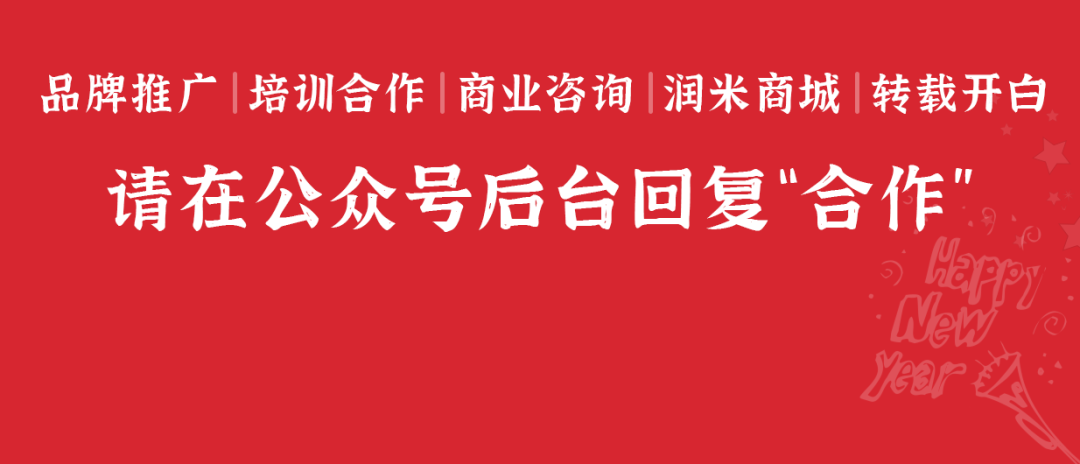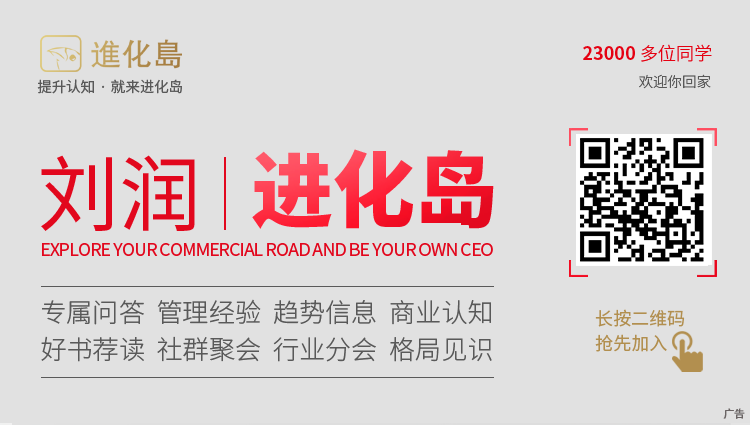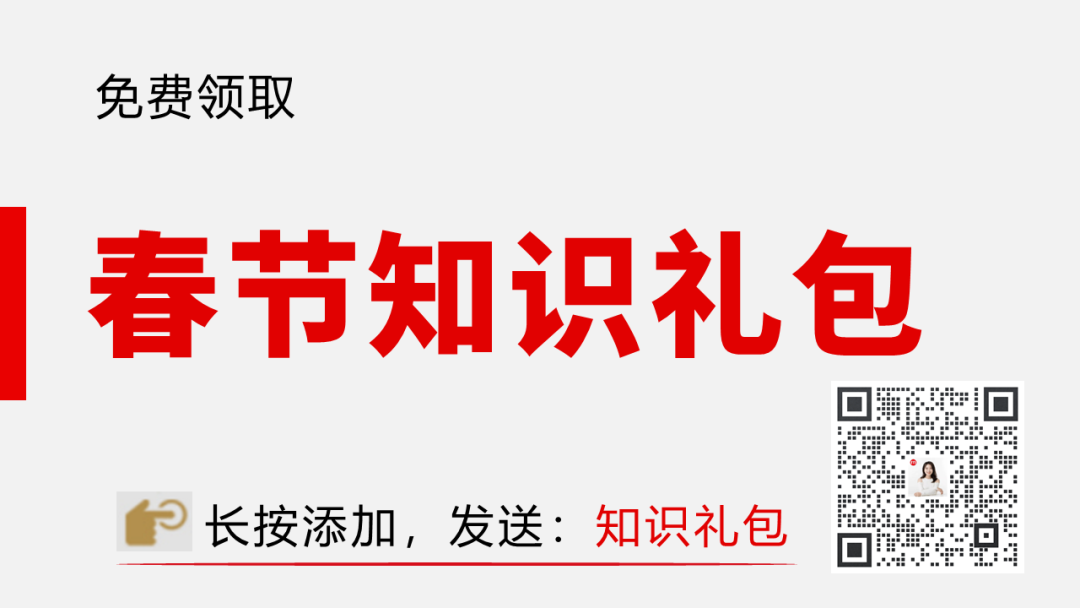
Today is the fourth day of the Lunar New Year.
Since the first day of the Lunar New Year, I have been sharing some of our public account’s most read articles with you.
I wish you all the best in the new year, may all your wishes come true, and may you have great fortune.
Today, I will share with you our article published on October 13, 2020: “Understanding the Complex Business Logic of B2B: 10 Things You Didn’t Know About B2B”.
Here is the main text.
As a business consultant, I am often asked the following questions:
I used to do B2C business, and I want to seek growth. How can I transition to develop B2B business?
I am a key account salesperson. How do I deal with enterprises?
What is the business logic of B2B really like?
I often say that the biggest characteristic of B2B business is its processes and complexity.
But what exactly are these processes? How complex are they?
The logic of B2B is completely different.
Today, I will share with you 10 things you may not know about B2B business.
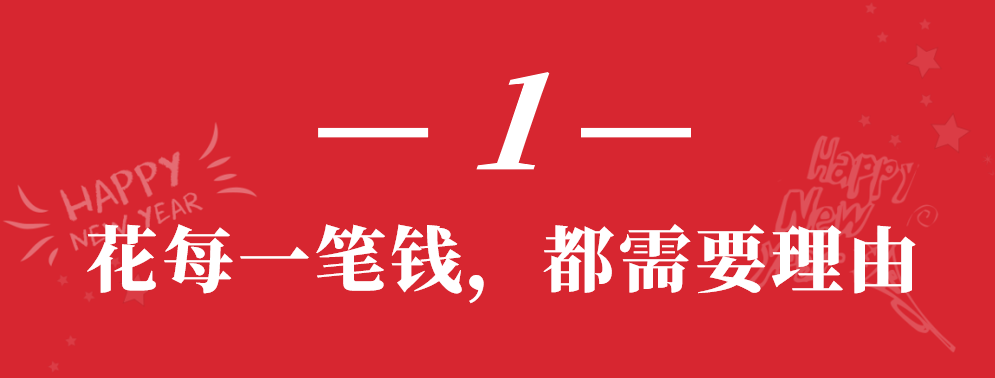
If you want to earn money from enterprises, you need to understand how they spend money.
Every year, enterprises have a budget.
This budget can be used for project development, procurement, product promotion, brand advertising, etc.
When can each department spend their budget?
When a trigger occurs.
We usually call it a “trigger event”.
There needs to be a valid reason to pull the trigger and spend this budget. For example, a new product launch, an exhibition, or an advertising campaign.
Understanding this will prevent you from acting blindly.
Many people in the B2B business often go to the client and say, “I have a great idea, I want to help you with this, it will benefit you greatly, let’s collaborate.”
Sometimes, it’s not that they are unwilling to cooperate with you. It’s just that there isn’t a suitable trigger. This isn’t in their budget for this year.
Anything outside the budget is an exception.
Exceptions require special approval.
Special approval is very difficult.
You either need to have a compelling reason to apply for funds from the boss, or you need to reallocate other budgets to meet this demand, which is very difficult.
For the person applying for this, the risk is also very high.
Therefore, in B2B business, you need to know where enterprises will spend money, where the budget is allocated, so that you can pull the trigger at the right time.
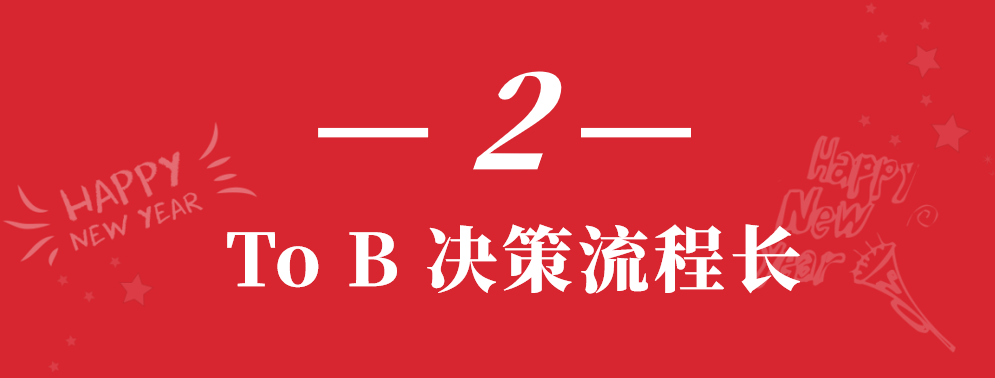
The most essential difference between B2B and B2C is the decision-making process.
The decision-making process in B2B is very long. Long enough to almost suppress all impulses, allowing all impulsive purchases to eventually calm down.
In B2C consumer decisions are measured in seconds. In B2B consumer decisions are measured in months, or even years.
If you want to buy a Huawei phone, even if it costs over ten thousand yuan, if you really like it, you might just buy it after a month’s salary.
But if you want to buy a set of Huawei switching equipment, that’s not a matter of ten thousand yuan; a base station costs millions, and a single order could be worth hundreds of millions.
No matter how much you like it, no matter how impulsive you are, when it comes to millions or hundreds of millions, even if you bite your teeth and swallow it, you cannot make a quick decision.
What to do? You need approval. You need to go through the process.
Project initiation meetings, bidding, presentations, scoring, service delivery…
Every step is a marathon of negotiation and maneuvering.
Therefore, in B2B business, it is not about winning customers through products and impulsive consumption.
It requires business development (BD), it requires sales to push in. Keep talking, keep influencing.
B2B business relies not only on products but also on sales and service to grind, exhaust, and persuade.
B2B business is a war of attrition, a trench warfare.
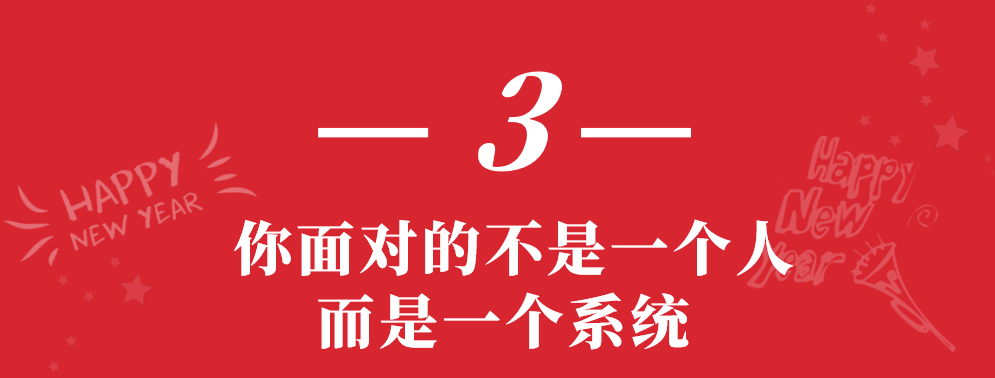
Within enterprises, there are many departments and complex communications. Understanding how the decision chain is transmitted is something that must be known in B2B business.
Have you ever thought about a question: How does cooperation with an enterprise happen?
Is it as simple as most people think, where the client proposes a need and the supplier meets it?
Different enterprises have different names, but there are usually three departments: the Operations Center, the Content Center, and the Business Center.
The Operations Center proposes the needs for enterprise development, the Content Center formulates the conditions to meet those needs, and the Business Center seeks external partners.
Operations Center → Content Center → Business Center.
So, when you face the business personnel of the client, you are not facing just one person, but a whole system behind them.
Many people fail to succeed in B2B business because they cannot reach a consensus with the client.
I can’t do this. This doesn’t align with my principles. This is not our value.
Well, then we cannot cooperate.
Thus, a case ends hastily.
Perhaps a better approach is to say what I can actually do, and to facilitate our cooperation, could you please pass this new proposal to your colleagues in the Content Center? It should also meet your needs.
Business Center → Content Center → Operations Center.
Manage upwards step by step. Influence the client.
The person you are negotiating with is just a link in the system. But any link cannot represent the entire system.
In B2B business, you are not managing a person, but managing the entire system.
The above sentences, you can take your time to understand, and perhaps you will gain some insights.
Understanding the existence of the system is essential to doing well in B2B business.
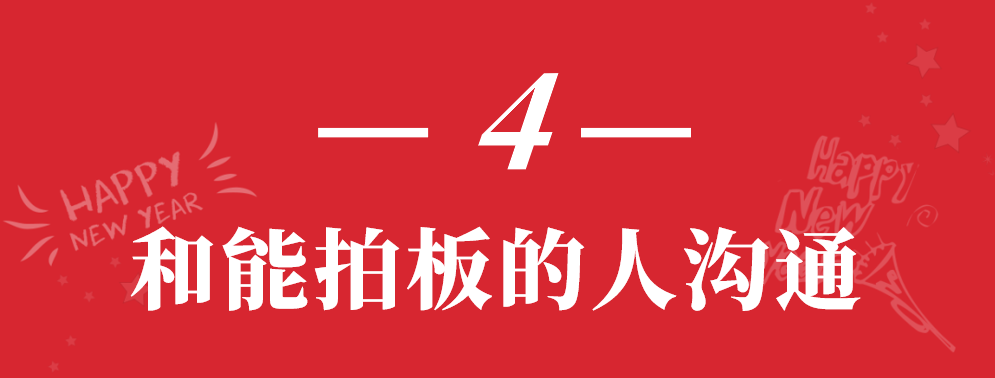
Managing upwards step by step is a bottom-up management approach.
Because no one person can make a decision, it requires reporting up layer by layer. This process is long and arduous.
Sometimes you may find that things you thought were settled suddenly change.
You feel frustrated, but at the same time, you need to understand.
Because there is a high possibility that at the last stage, the boss intervened.
If the boss is not satisfied, they will require the subordinates to renegotiate, and the subordinates have to listen, they are not in control.
So, if possible, know who the decision-maker is, who can really make the call. Talk to them.
Top-down management is more efficient and simpler.

In B2C business, you only deal with one consumer’s mind. But in B2B business, you have to deal with hundreds or even thousands of minds in the system.
Each mind has its own demands and interests.
There is intense competition and negotiation between each mind.
Therefore, to achieve a B2B business, you often need a “battle map” to strategize and plan carefully.
The battle map may contain the following information:
1. Background information of the enterprise:
Scale, business scope, operational status, organizational structure, how departments are divided…
2. Information related to the project personnel:
Each person’s work, schedule, birthday, hobbies, even what pets they have at home…
3. The intricate relationships between departments and personnel:
Who is in charge of procurement? Who handles payments? Who executes the project?
Is there trust between them, or are they allies? Is there competition or conflict?
Do they support me, oppose me, hesitate, or remain neutral?
This “battle map” may be colorful and densely packed, filled with research results and negotiation plans.

In B2B business, you may really “hate” these three types of people:
Finance, Legal, and HR.
Because they always nitpick.
We spent so much time, held so many meetings, had so many meals, and the project is about to be signed, and now you tell me this clause is not acceptable? That number is wrong? We need to change it? What are you doing! Do you know how hard it is for me!
Don’t complain, understand.
They have it tough too because they are the bottom line of the enterprise.
Let me give you an example.
When I was still working at Microsoft, there was a time when my colleagues and I went to meet a certain mayor.
We prepared a small gift, a keyboard, a regular keyboard that can be bought in any store.
Microsoft regulations: You cannot give a fixed client gifts totaling more than $50 within a year.
Otherwise, it would be considered bribery.
However, that keyboard was priced over $50 in some stores and under $50 in others. It was right at the threshold.
Should we give it or not?
On the way to meet the mayor, we kept calling the legal department to ask if we could give it, if we could give it, please give us a clear answer. If we can’t give it, we won’t take it out.
After a final discussion, the legal department approved us to give that keyboard.
Sometimes we particularly dislike the legal, finance, and HR departments of the company. But they are the ones who uphold the company’s bottom line and maintain the safety of the enterprise.

It’s not that the world is going downhill and people are not trustworthy, but rather that the changes in B2B business are indeed too fast and too large.
For example, there are often situations like this:
You cooperate with a certain enterprise, and you have a good conversation with the person in charge, and both sides quickly agree to their commitments.
But after a while, that person gets promoted, transferred, and a new leader comes in.
This new leader may have a completely new mindset and does not recognize the previous commitments.
You visit this leader:
We had already agreed, they promised me more resources, and offered me more discounts.
This leader may squint and say:
There’s nothing in the contract about that. Where is it? Please point it out to me.
Oh? It’s not there?
Sorry.
Personnel changes, shifts in development focus, and even changes in leadership intentions are unpredictable risks in cooperation.
So in the process of cooperating with B2B enterprises, anything anyone promises you may not count.
Only what is written in black and white in the contract counts.

In enterprises, to prevent corruption, projects over a certain amount often require bidding.
At least three companies must participate in the bidding.
There are usually two types of bids:
One is called RFQ (Request for Quotation). A request for quotation. I have a plan, you provide a price.One is called RFP (Request for Proposal). A request for proposal. I have an idea, but I don’t know how to do it, you propose a plan.
In RFP there are usually two bids:
One is called the “Design Bid.” What logic do you plan to use to implement this system? What functions will it have? What will the interface look like?
Once decided, a fee is paid to the winning company.
Then, another “Implementation Bid” is called.Who can implement this design? Who has strong technical capabilities? Who provides better service?
Also, to prevent corruption, the design bid and implementation bid cannot be done by the same company.
If you pay attention, you will find that many companies have a very prosperous industry downstairs—copy shops.
Because various enterprises need to print boxes of bidding documents.
A bidding document can be hundreds or even thousands of pages long.
Almost everyone is carrying boxes upstairs and then storing them in the bidding document storage area.
So how are these bidding companies scored?
Usually, there are three scoring dimensions:
Technical score, price score, service score.
Then different weights are assigned.
Participants from relevant departments and external experts score together to determine the final winner.
Therefore, there are often many side paths and even shady practices. How to conduct fair, just, and open bidding is a question that needs constant consideration.
Bidding is a common practice in B2B business, and deeply understanding its logic is essential to succeeding in B2B business.
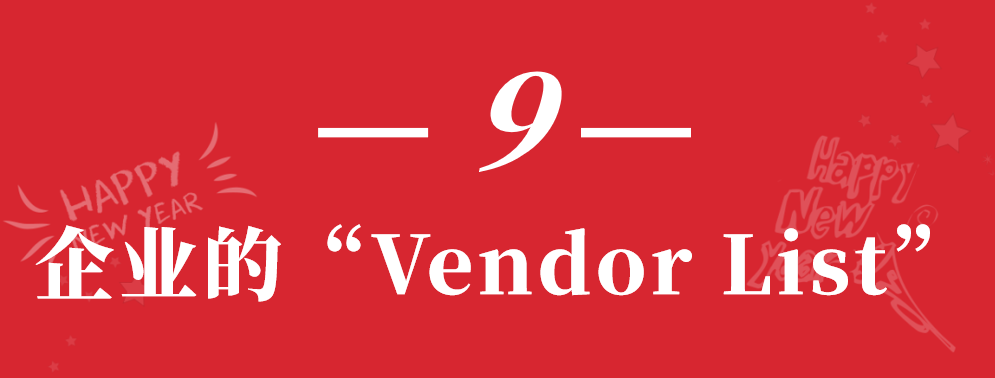
Some enterprises, also to prevent corruption, have another practice—Vendor List.
Enterprises wishing to procure a certain project or service can only cooperate with companies on the list.
Enterprises control this list and conduct reviews of companies:
Are they operating legally? What is their capability? What are their pricing conditions? Who have they served?…
After a series of rigorous investigations, you are allowed to enter their Vendor List.
This means: You can only cooperate with me if you are on my list.
The Vendor List is also something many people are unaware of.
So if you want to cooperate with some enterprises, it’s best to first clarify what the cooperation threshold is and how to enter the supplier list. This way, you can cooperate better.
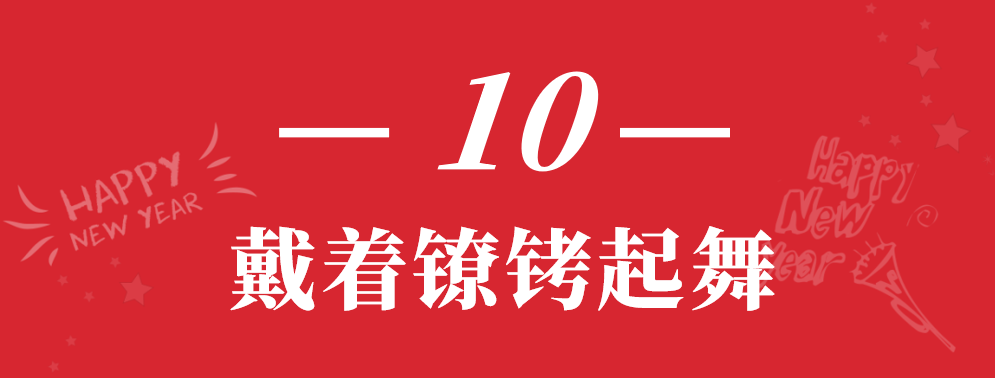
Having reached this point, you may have a deeper understanding that the characteristics of B2B business are processes and complexity.
The B2B business involves countless participants and decision-makers.
Everyone has their own reasons and interests.
Thus, there are processes, norms, and systems.
Under these constraints, being able to influence decision-makers and facilitate cooperation is something that must be clearly recognized, and it is a skill.
Wearing “shackles” and still being able to “dance” brings you closer to cooperation.
Hope this article gives you a deeper understanding of B2B business and inspires you.
Wishing you success in your endeavors.
PS: Recommended short videos during the Spring Festival:

